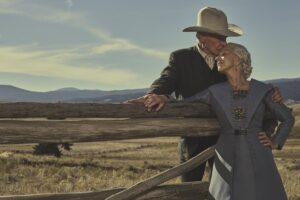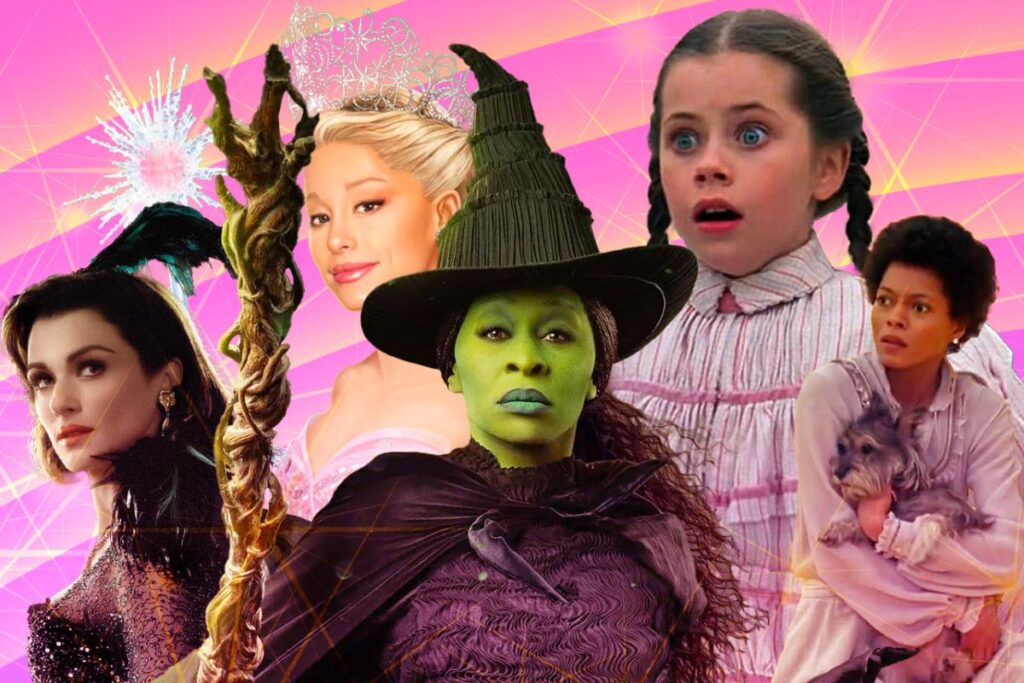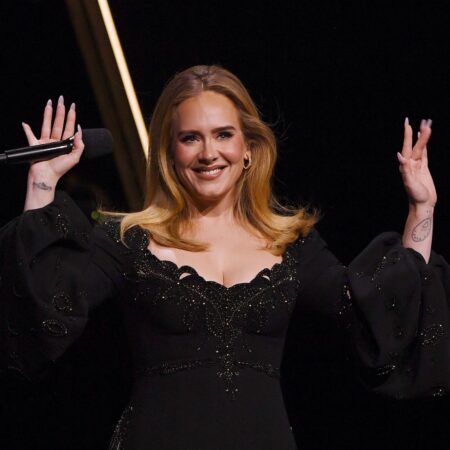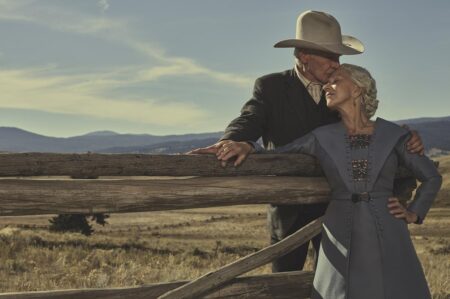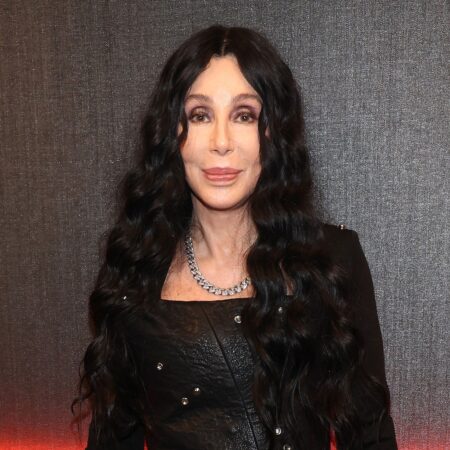The new movie Wicked is based on the Broadway musical that itself was based on Gregory Maguire’s novel. But its true origins, of course, are in The Wonderful Wizard of Oz, L. Frank Baum’s deathless fantasy classic, which introduces both the Wicked Witch of the West and Glinda, the Good Witch of the South (or North, in the film); Wicked imagines the former’s origins from a more sympathetic perspective, essentially creating public-domain fan-fiction within Baum’s world. The point-of-view shift has captured the imaginations of readers and musical-theater fans, and is already doing so with moviegoers; early results point at a $117 million opening weekend at the US box office. But Wicked also underlines the strangeness of Oz adaptations, perhaps owing to the world-famous iconography of the 1939 film adaptation: There are actually 14 Oz books written by L. Frank Baum, and 40 canonical novels in total (the series continued after Baum’s death, passing through multiple hands). Some of them have inspired elements of other films, but the movies have only briefly dipped into the full Oz lore, largely unable to divorce themselves from the 1939 film, which is quite different from the novel and has become the dominant version of the story. So, assuming that no one needs any recommendations to check out one of the most popular, beloved, and enduring films of all time, which companion/variation/prequel/sequel related to The Wizard of Oz is most worth seeking out?
-
The first American movie to properly revisit The Wizard of Oz was, like Wicked, a book-turned-Broadway-turned-movie-musical, though it was adapted directly (if freely) from the Baum text, rather than inserting a separate novel like Maguire’s book. The Wiz is a then-contemporary, all-Black revamp of the Wizard of Oz story which ran on Broadway for four years and received a film version in 1978, starring Diana Ross and Michael Jackson. Was Sidney Lumet, fresh off Dog Day Afternoon and Network, the proper director to convey the magic of Oz combined with the electricity of soul music by way of Broadway pop?
Not exactly! The Wiz is a worthy document of many things: A beloved Broadway show, some legendary singers working together, and many impressive sets and costumes. In its way, it’s as richly imagined a production as the 1939 film. But its dilapidated, New York City-inspired version of Oz never feels as richly populated as the earlier movie, possibly by design; perhaps even more than the earlier musical, it has a dreamlike quality, where things look familiar (subway stations, bridges, taxis) yet unsettlingly off, sometimes empty. Lumet captures these sights, sometimes at the expense of individual production numbers; several iterations of the show’s most famous and catchy tune, “Ease On Down the Road,” are shot from a distance and/or with the performers’ backs to the camera! It’s worth watching, but it’s more in conversation with the previous movie than any of Baum’s work.
-
The next big-studio exploration of the Oz story focused on continuing it, rather than remaking it – and departed from the 1939 reference points in doing so, to the point of alienating audiences. Return to Oz (1985) struck viewers and plenty of critics as downright perverse in its day, starting with Dorothy Gale back in Kansas and about to receive shock treatments for her obsession with the fantasy land she misses so dearly. A storm and a flood transports her back there, only to find the land in trouble, and if this sounds like the Tim Burton version of Alice in Wonderland, well, yeah: It’s pretty much the same premise, only with ages reversed (Burton’s Alice is nearly an adult, similar to the aged-up Dorothy in the 1939 version; Return to Oz’s Dorothy, played by a young Fairuza Balk, is closer to the age she is during the books). Burton (then an unhappy Disney employee) was even inspired by the visual of Jack Pumpkinhead, one of the new character Dorothy meets on her second journey, influencing his creation of the main character in The Nightmare Before Christmas.
Jack Pumpkinhead is from the Oz sequel books, as are most of the new characters here; the movie amalgamates The Marvelous Land of Oz and Ozma of Oz, books two and three in Baum’s series. The highlight of the new arrivals is Tik-Tok – no relation to the society-destroying video app, but rather a delightful, rotund robot-man who needs three different windings to function fully. As with many fantasy films of the 1980s, Return to Oz is narratively poky and often visually stunning, with neat production design and practical effects galore. It’s also deeply confusing for anyone expecting a loving companion to the 1939 film, or even anyone expecting a movie as good as The Dark Crystal or Labyrinth. Director Walter Murch (best known as an ace editor and sound designer who has worked extensively with Francis Ford Coppola and George Lucas) doesn’t quite have the requisite dark magic to fully bring this material to life. Much of its second half features Dorothy and her friends trapped by a bad guy and forced to play a tedious guessing game to locate the Scarecrow – a far less endearing version of the character than the 1939 movie or The Wiz. Yet for any fan of the Oz books, it’s gratifying to see the movie explore some less overworked characters, and its loopiness is often truer to the spirit of Baum’s work than its more famous cousin.
-
Disney took another crack at Oz nearly 30 years later with Oz the Great and Powerful (2013), which, in retrospect, kinda feels like the Mouse House ripping off Wicked; it even morphs one character from a sweet young woman into the cackling Wicked Witch of the West, though it’s the Wizard (James Franco) who’s getting the main origin story here. The primary saving grace is Sam Raimi behind the camera, who brings a lot of style and energy to the kid-fantasy proceedings. While Return to Oz strayed too far from the 1939 film for many, Raimi does the opposite; even though he should be charting his own path and drawing more on Baum’s other books, he can’t resist frequent visual homages to the most-beloved version of the story. Still, like Burton doing Disney or Robert Zemeckis in mo-cap mode, there’s plenty worthwhile about Raimi’s work here if you can accept that he’s trafficking in a kid-friendly, super-CG-heavy aesthetic, which does bring to life some of Baum’s lesser-used concepts (like a village of extremely fragile people made of ceramics). It’s also vastly more colorful than its more beloved musical equivalent.
Wicked (2024) continues the trend of Oz lore that’s more indebted to the idea of the 1939 film than Baum’s books, despite a few homages to the latter. The movie, taking cues from the stage show and Maguire book, can’t help but literalize Baum’s oft-nonsensical world, with lore and backstory and cutesy vocabulary. When characters start using “Oz” in their exclamations, you may wonder if the writers have confused the Munchkins with the Smurfs. What the movie does undeniably well is conjure empathy for the Wicked Witch – and, for that matter, Glinda, who is more of a plot device in earlier films. (Even the actual book Glinda of Oz, Baum’s final entry in the series, doesn’t give that much information about her.) Though the original Wicked book predates the first Harry Potter, the Wicked movie nonetheless feels like the Potterification of Oz: a more accessible form of fantasy, to be sure, but ultimately something apart from Baum’s work. It’s also, of course, another prequel. Baum became so well-known for continuing his story that he tried and ultimately failed to extricate himself from his famous series multiple times. Maybe that’s why so few filmmakers have felt comfortable moving into the future of Oz – that, and the daunting task of undoing an 85-year-old happy ending.
THE VERSION CONTROL VERDICT: THE WIZARD OF OZ
All of these Wizard of Oz offshoots are worthwhile, but if you’re looking for something that actually moves the Oz story forward, rather than looking back, the choice is, oddly, perhaps the weakest actual movie in traditional terms: Disney’s weird but fairly Baum-like Return to Oz. Decider contributor Walter Chaw was right to call it fascinatingly imperfect back in 2019.
Jesse Hassenger (@rockmarooned) is a writer living in Brooklyn. He’s a regular contributor to The A.V. Club, Polygon, and The Week, among others. He podcasts at www.sportsalcohol.com, too.
Read the full article here

